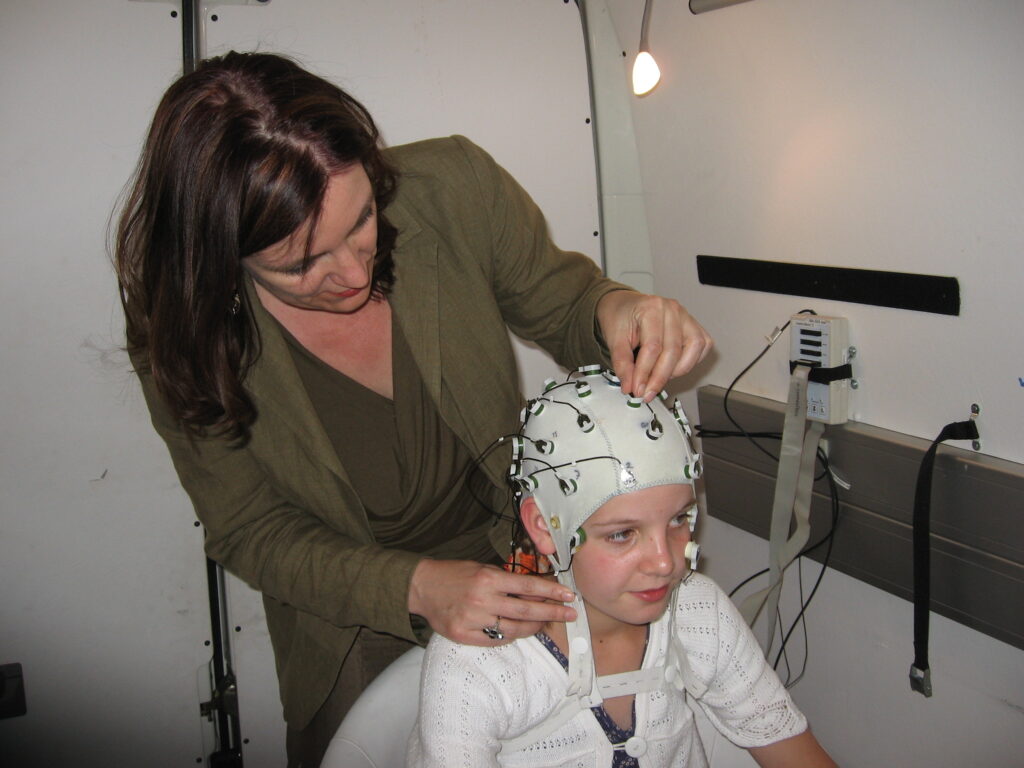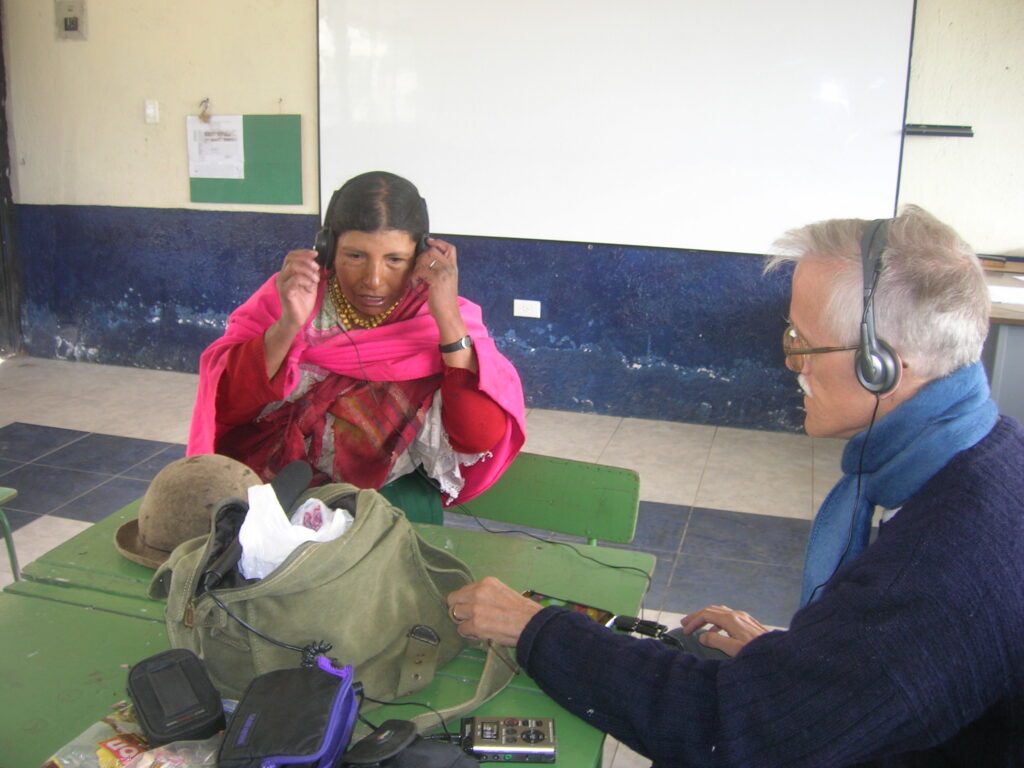Research on the language and learning sciences has grown at a remarkable pace, in part due to the contributions of cross-disciplinary approaches that merge the power of behavioral, neuroscience, and computational methods.
A grant award from the National Science Foundation “Partnerships for International Research and Education” (PIRE) has facilitated the development of a broad and sustainable international research network that has enabled new discoveries about the consequences of bilingual and multilingual experience for learning and the brain. PIRE I: Bilingualism, mind, and brain: An interdisciplinary program in cognitive psychology, linguistics, and cognitive neuroscience has allowed our research team in the US, Europe and Asia to be at the leading edge of a new frontier of research, with a diversity of perspectives, including linguistics, psycholinguistics, cognitive neuroscience, and speech pathology. This new research has shown that there is more extensive processing interaction between the two languages of a bilingual than previously thought, and that this is true even when bilinguals are comprehending or producing in only one language. It has also shown that bilinguals who mix two languages in the same discourse do so following specific linguistic and processing constraints. The research experiences under PIRE I have included a wide range of bilinguals in the US and international sites, from young Hispanic children whose bilingualism may affect the development of literacy skills, to adult speakers of many different spoken languages, and deaf individuals whose bilingualism entails the use of sign language together with a written language. By extending our research questions to the study of widely differing bilingual populations and by using a range of converging neurocognitive and linguistic methods, it has been possible to increase the generality of our research findings and to exploit bilingualism as a tool for investigating the representation and processing of language in the mind and brain.


Our second awarded PIRE, PIRE II: Translating cognitive and brain science in the laboratory and field to language learning environments harnesses the excitement surrounding what we have learned from PIRE I to ask how the basic science might be translated to transform educational practice and policy, and to serve a changing global population whose language experience is increasingly broad, culturally diverse, and international. PIRE II brings brain science to the classroom for children and older learners, investigates diverse language learning environments, and examines the consequences of bilingualism across the lifespan for education and health. Our partners include scholars in Europe, Latin America, and Asia who have expertise in the translation of learning science to education, to examine contexts and consequences of learning in the classroom and the field. Under PIRE II, faculty and students conduct small-scale interventions that bring science into learning environments. The research will impact learners immersed in their native or second language, will examine bilinguals who are young and old, and will develop new models of learning and literacy. This new research direction will increase diversity and impact by bringing language science and neuroscience from the laboratory to practice and by integrating field research with experimentation to provide new data on endangered languages, populations with limited literacy, and the consequences of language contact.